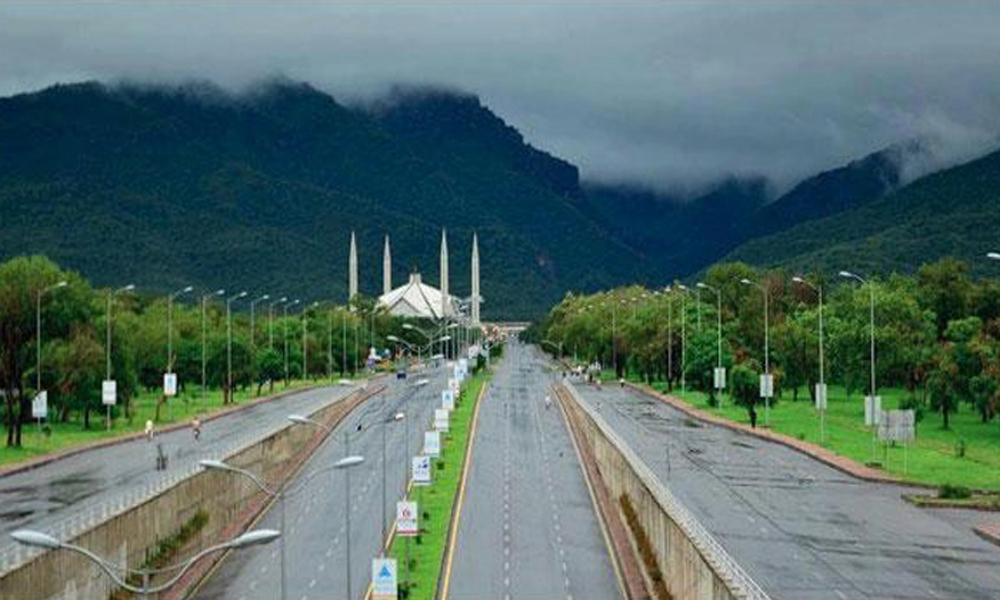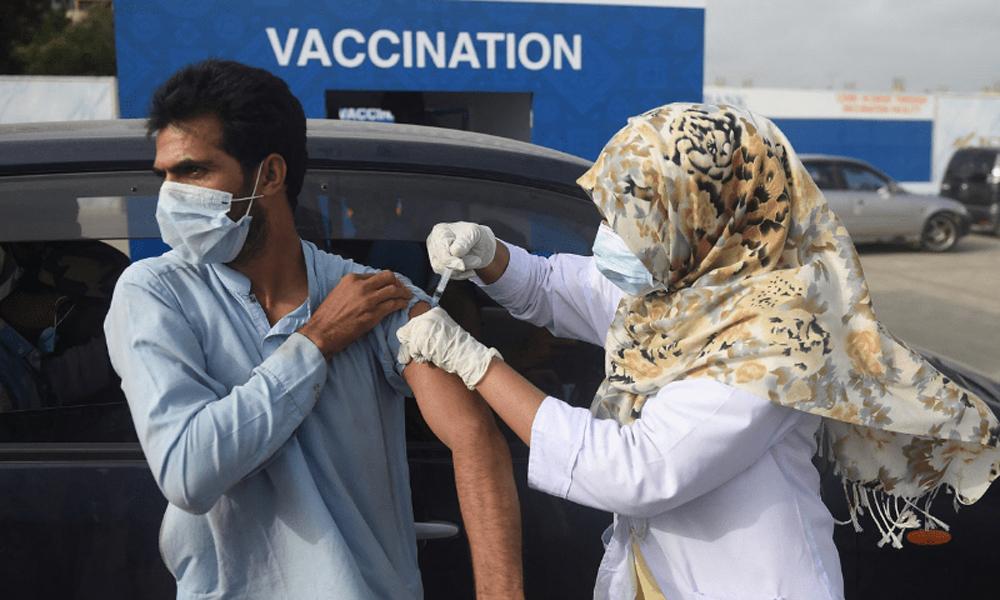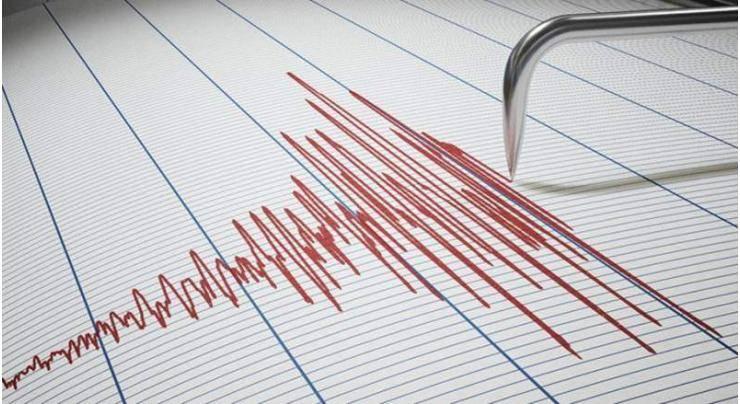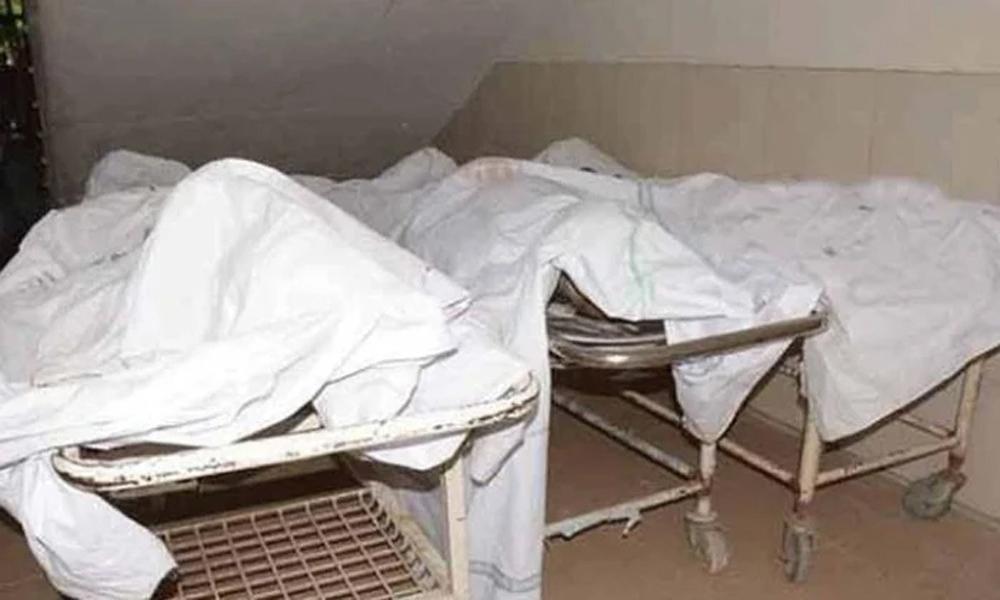The mpox outbreak never ended in Africa. Now a deadlier strain is spreading.
In response to new and resurging mpox outbreaks in multiple African countries, the Africa Centres for Disease Control and Prevention declared mpox a continent-wide public health emergency Tuesday. Although many countries outside of Africa rapidly contained an…

Published a year ago on Aug 15th 2024, 12:00 pm
By Web Desk

The World Health Organization has declared mpox an international public health emergency for the second time in two years as cases and deaths surge across several east and central African countries. The announcement comes one day after the Africa Centres for Disease Control and Prevention declared mpox a continent-wide public health emergency. Although many countries outside of Africa rapidly contained an mpox pandemic that began in 2022, large outbreaks continued unabated in the Democratic Republic of the Congo in central Africa. Unfortunately, the strain circulating there is a deadlier version of the one that earlier made its way to the US and Europe. In recent months, this strain has spread from the DRC into four other east and central African nations. Mpox, previously known as monkeypox, is an infectious disease closely related to but much less severe than smallpox, and is suspected to originate in African rodents and non-human primates. Mpox spreads through close contact with an infected person, including from sexual and skin-to-skin-contact. Pregnant people can also pass the virus to their child during pregnancy and after birth. The most common symptom of mpox is a blister-like rash that typically lasts for two to four weeks. Other symptoms include fever, fatigue, muscle aches, cough, and sore throat. For decades, mpox caused sporadic cases and outbreaks in Nigeria, the Democratic Republic of the Congo, and several other African countries. There are two main strains of mpox: clade I, which causes more severe illness and has historically been confined to central Africa, and clade II, which has historically caused infections in west Africa. In May 2022, countries outside of Africa suddenly started recording mpox cases which were caused by the clade II type. That July, the World Health Organization declared the pandemic a public health emergency of international concern for the first time. By May 2023, more than 100 countries had recorded nearly 90,000 mpox cases and over 150 deaths. Fortunately, public health agencies around the world acted quickly to improve disease surveillance efforts, increasing awareness among high-risk populations, particularly men who have sex with men, and encouraging safe sex practices. In the US and Europe, where there were just over 30,000 and 25,000 mpox cases respectively between May 2022 and May 2023, officials also disseminated over a million vaccine doses. Consequently, mpox transmission in most countries quickly dwindled. In May 2023, the World Health Organization lifted the emergency status. Although at the time the World Health Organization no longer considered mpox an international health emergency, countries around the world continued to report cases. In June 2024, there were 175 cases reported across North, Central, and South America; 100 cases were reported in Europe, and 11 cases were reported in Southeast Asian countries, according to a situation report published by the World Health Organization. The outbreak in the DRC remained particularly bad. Unlike in the rest of the world, the mpox strain causing infections in the DRC is the more severe clade I type. As of May 2024, there have been 7,851 mpox cases and 384 deaths reported in the country. --- Understanding mpox Vox diligently covered the outbreak of mpox, formerly known as monkeypox, back in 2022. Check out our previous work here: * One public health lesson from 2022 worth remembering * Monkeypox should have been easily controllable. How did we fail so badly? * Anal and oral sex spread monkeypox. Let’s talk about it. --- In the past few months, the clade I mpox spread from the DRC to four countries in east Africa — Burundi, Kenya, Rwanda, and Uganda — which spurred concerns that a deadlier mpox pandemic might be on the horizon and triggered the Africa Centres for Disease Control and Prevention and the World Health Organization to designate the ongoing mpox outbreaks as health emergencies. Africa CDC is the public health agency of the African Union, which represents 55 African states. It is the first time the agency has designated any outbreak a continental emergency. Other African countries are also facing resurging mpox outbreaks caused by the clade II virus. In May, there were a total of 465 mpox cases documented across all African countries and in June there were 567, a 22 percent increase. “We declare today this public health emergency of continental security to mobilize our institutions, our collective will, and our resources to act swiftly and decisively,” said Africa CDC Director General Jean Kaseya in a press briefing Tuesday. But outbreak response efforts in the DRC and other African countries have once again been hamstrung by the same challenges health officials faced during previous outbreaks and pandemics, including Covid: a lack of global solidarity and an unwillingness to share life-saving resources. While vaccine doses were rapidly disseminated in the US and Europe in 2022, vaccines are only now starting to trickle into the DRC. But even so, only a couple hundred thousand vaccines will be available for a population of more than 100 million people. Slowly, national governments and multinational organizations such as the African Union are working to improve domestic public health infrastructure and technical capacity and to reduce dependency on donor countries. While Africa CDC’s unprecedented move to designate the mpox outbreaks a regional health emergency signals a continuation of these efforts, it is unclear if the designation will help spur the rapid influx of resources needed to respond to the mpox outbreaks. Mpox origins and unknowns Mpox was first discovered in 1958 in a colony of monkeys in a research facility in Denmark, and the first case of mpox in a human — a nine-month-old infant — was not documented until 1970 in the Democratic Republic of the Congo. Researchers and physicians could not determine exactly how the infant became infected; however, close contact with an infected monkey may have caused the infection. Small rodents, monkeys, and mammals can pass the virus on to humans but outbreaks typically take off when humans infect each other. In 2005, additional mpox cases in humans were recorded in the DRC, and thousands of suspected cases have been reported every year since then. Since 2017, mpox has also caused frequent infections in Nigeria. Although mpox has been around for a long time, there are still many unknowns about how the virus spreads and why it suddenly spread around the world in 2022. What researchers do know is that the virus has been rapidly mutating in recent years. Interestingly and maybe worryingly, while most genetic mutations have no effect at all, some can cause viruses to become deadlier or more effective at spreading. When geneticists compared the 2022 mpox genome to a sample collected in 2017, they found some 40 genetic mutations had occurred. Some researchers have suggested that these mutations have improved how easily the virus can spread from person to person, but it seems that there is no firm consensus yet. In September 2023, an entirely new mpox clade I variant, tentatively called clade IB, was discovered in the DRC. The World Health Organization has not confirmed if the new variant causes more severe disease or can be spread more easily. Rosamund Lewis, the mpox technical lead at the World Health Organization, posits that genetic mutations are not behind the sudden global surge of mpox. Instead, she suggests that the virus happened to start infecting new populations — sex workers and men who have sex with men — and that has in turn fueled wider transmission. Mpox is reminiscent of the origins of HIV, when chimpanzees infected humans in southwestern Cameroon before taking firm root in the booming urban center — and among the large sex worker population — of Kinshasa, the capital of the DRC. Sexual transmission among adults may only be one of the main drivers of mpox transmission. In the DRC, some 70 percent of mpox cases recorded this year were among children who were likely exposed through close contact with infected animals or household members who were infected. One of the biggest risk factors for severe mpox infection and death is preexisting HIV infection. Unfortunately, about 25.6 million people in Africa have HIV, more than any other region in the world, meaning many African nations may experience deadlier outbreaks than other parts of the world. The dual burden of mpox and HIV was also a major factor that prompted the Africa CDC to declare the mpox outbreaks a continental emergency, Kaseya explained. There is an mpox vaccine shortage. Will emergency designations help? There are at least two vaccines — Jynneos, also called Imvanex in Europe, which is made by Danish company Bavarian Nordic, and LC16, which is manufactured by Japanese company KM Biologics — that are effective against mpox. The US Food and Drug Administration approved the Jynneos vaccine for use against smallpox and mpox in 2019. LC16 was developed for smallpox but is also effective against mpox. When the US and Europe started recording mpox cases in 2022, health officials quickly disseminated millions of doses of existing vaccines. For the first two years of the pandemic, however, no vaccines were available in the DRC. The DRC, like most countries in Africa, does not have the infrastructure to produce its own vaccines nor can it afford to pay for millions of doses. (The mpox vaccine costs just under $100 per dose, according to Kaseya; GDP per capita in the DRC is just $649.) Thus, these countries must rely on donations from the US, Europe, and other countries. Following the Covid-19 pandemic, the Africa CDC started leading efforts to fill this crucial gap, but progress has been slow. In the void, officials in the Democratic Republic of the Congo and other African countries have been carrying on their outbreak responses without vaccines. It wasn’t until last month that the first shipments of mpox vaccines started arriving in the DRC. But the country received only 200,000 doses, according to Lewis, forcing personnel to cobble together a plan outlining how they will utilize such finite resources. Kaseya did not elaborate on how Africa CDC will aid in this process. Donor governments have been providing technical and financial support for mpox outbreak responses in Africa. Last week, the US Agency for International Development, or USAID, announced that it will surge $10 million in funds to support the mpox response in DRC. It remains unclear if the new emergency designations will have any impact on mpox vaccine availability. Still, the Africa CDC and World Health Organization are increasing financial resources for the mpox response. Earlier this month, the African Union released $10.4 million in funds for the mpox response. The World Health Organization has promised $1.45 million in emergency funds, according to WHO Director-General Tedros Adhanom Ghebreyesus, with more to follow in the coming days. “This is a fight for all Africans and we will fight it together,” Kaseya said. Update, August 14, 3:30 pm: This story, originally published August 13, has been updated with news of the WHO’s emergency declaration.

Petrol, diesel prices increase in Emirates too
- 5 گھنٹے قبل

Two terrorists killed in police, CTD joint operation in Bannu
- 2 گھنٹے قبل

Strong earthquake tremors in Punjab including Lahore
- 3 گھنٹے قبل

Thai court suspends PM over phone call leak
- ایک گھنٹہ قبل

Torrential rain in Islamabad, Rawalpindi
- 6 گھنٹے قبل

Doctors temporarily recruited during Corona in Sindh fired
- 4 گھنٹے قبل

Shadab Khan suffers shoulder injury, likely to rest for 3 months
- ایک گھنٹہ قبل

Motorcyclist dies after being hit by water tanker in Karachi
- 2 گھنٹے قبل

Iranian hackers threaten to leak emails of Trump's close aides
- 2 گھنٹے قبل

Pakistan's first int’l driving license kiosk set up at Lahore Airport
- 3 گھنٹے قبل

Maternity homes sealed after 20 newborns died in Pakpattan
- 16 منٹ قبل

Govt surges prices of petroleum products
- 6 گھنٹے قبل
You May Like
Trending









